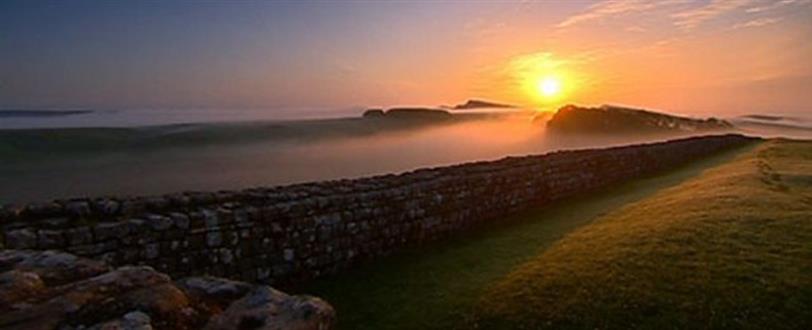Dark Waters
HISTORY 1 x 60'
HISTORY
timewatch: secrets of hadrian's wall, the
Hadrian’s Wall stood as the Roman Empire’s most imposing frontier: a spectacular and complex stone barrier measuring 74 miles long, up to 15 feet high and 10 feet thick. 2000 years after it was built, archaeologists have unearthed extraordinary findings.

Duration
1 x 60'
Production Company
BBC
YOP
2006
Definitions
SD
Episode Information
It is unique in the Roman world. A spectacular and complex stone barrier measuring seventy three miles (117km) long, 20 feet (6m) high and ten feet (3m) thick. For 300 years Hadrian’s Wall stood as the Roman empire’s most imposing frontier and one of the unsung wonders of the ancient world. But the purpose of the wall is surrounded in mystery. Why was it built and was it to keep people in or out? Who lived on the wall, and what was life like? Almost 2,000 years after it was built, Hadrian’s wall is proving to be a magical time capsule. Archaeologists have only properly excavated one percent of the wall but they have unearthed extraordinary findings which allow us to journey back through time to unlock the secrets of a lost world in minute and graphic detail. When the Emperor Hadrian, ’an enigmatic, bisexual, megalomaniac’, ordered the construction of the wall in 122AD it was to it was to mark the limit of Roman expansion in Europe. It was presumed to be a defence wall to keep warring Barbarians out. But Historians have since argued that it was built in peaceful times and that its real purpose was as a custom frontier. Expert opinion is still divided and the wall is still shrouded in mystery. New archaeological evidence may hold the key. Running across incredibly tough terrain and spanning three major rivers, the construction of the wall was a massive under taking, even for the Roman Empire. It took fifteen thousand men and 3.5 million tons of stone to build it. They used 3,637 litres of water a day just to produce the mortar. With Great precision, ‘Milecastles’ were added to the wall one thousand paces apart and were supported by sixteen major Roman forts with highly developed infrastructures; each one with several thousand people. But each castle had gates that opened not to the South, but out to the North – into Barbarian territory – why? And why did the Roman’s build a Vallum, a huge second protective barrier, just South of the wall? Who manned the wall and where did they come from? The answers lie in the 2,000 year old ruins. Archaeologists have unearthed the most powerful and colourful insights in the military purpose of the wall bat also into the political and social life of the Roman Empire. Returning to Vindolanda, one of the Roman Forts, to recommence a dig on the Commanders House, hoping to find evidence that Hadrian himself had stayed there on his visit to the wall and to unlock further secrets about his army. Unearthing an astonishing collection of 1,500 Roman Commanders, soldiers, slaves and their families at the empires Northern frontier. The secrets of Hadrian’s Wall is an evocative and visual journey along the wall and back through time. An extraordinary collection of archaeological findings bring a unique understanding not only of the wall and the people who built and defended it, but also of the Roman’s whose empire dominated Europe for half a Millennium.